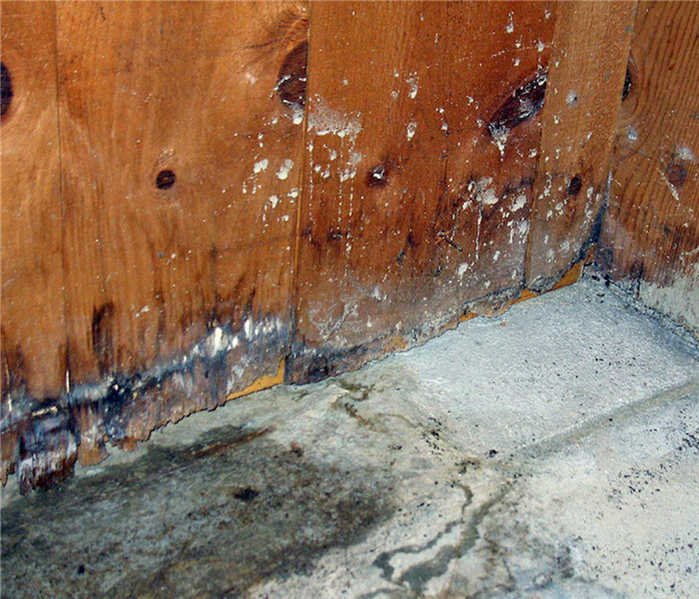A Guide to the Categories & Classes of Water Damage | SERVPRO® of The Lower Shore
3/2/2020 (Permalink)
While all water damage is scary to experience, the good news is that there are some instances of water damage that are less severe than others. The Institute of Inspection, Cleaning and Restoration Certification provides restoration professionals with guidelines to understand the types and classes of water damage so they are able to make decisions on how to best restore them.
As a homeowner, whether you have experienced water damage firsthand or just want to be educated in case a surprise situation were to occur, it is important to be aware of the categories and classes involved in water damage in order to have a full understanding of the situation.
Categories of Water Damage
Category One Water. The first category of water is defined by its lack of threat to people and animals. It is generally called clean water or white water. While it does not inherently pose a risk, it can cause damages if allowed to remain untreated. Common sources of Category One Water would be an overflowing sink drain or a busted intake pipe.
Category Two Water. Commonly referred to as gray water, Category Two Water may lead to sickness when ingested due to the contaminants and bacteria it contains. It typically comes from broken toilets, leaking dishwashers or washing machines, or malfunctioning sump pumps. Category Two Water can also grow bacteria and transition into Category Three Water if left untreated.
Category Three Water. Another name for this category of water is black water, which, as the name implies, can be extremely dangerous. Black water can contain bacteria, chemicals and microorganisms that cause extreme sickness when ingested. Category Three water will typically result from sewage problems, toilet overflows or flooding in an area that contains hazardous materials.
Classes of Water Damage
Class One Water Damage. As the name implies, this is the least damaging class of water damage. As long as it is treated quickly and cleaned up by certified professionals, it should not create any lasting negative effects.
Class Two Water Damage. Class Two Water Damage is slightly more severe, causing materials like carpets and drywall to become soaked through. This can lead to deeper structural damage if left untreated.
Class Three Water Damage. This occurs when water comes from malfunctioning sprinklers or flooding, causing materials such as subfloors and structural elements to be fully soaked.
Class Four Water Damage. Class Four also refers to water damage that has fully soaked through structural elements but has also been left to sit, compounding the initial damage.
If your home has experienced any of the types of water damage mentioned here, we are always here to help! We have a team of certified water remediation experts that can respond 24⁄7 to your call.
(410)749-2221




 24/7 Emergency Service
24/7 Emergency Service